3. Let your software do the heavy lifting
Don’t waste unnecessary time, paper, or money by going the old-fashioned route just because it’s what you are used to. You are investing in your accreditation for a reason, so let it do the hard work for you.
With an accreditation software tool like PowerDMS, you can keep your documents side-by-side with accrediting body standards.
You can also highlight critical areas and make necessary changes all in one place, ensuring a smooth accreditation and assessment process for everyone involved.
4. Perform a mock audit
Each accrediting body establishes its own standards, policies, and procedures for compliance.
According to the AAAHC, one of our partnering organizations, “most standards are written in general terms to allow an organization to achieve compliance in the manner that is most compatible with its particular practice setting and most conducive to high quality.”
Take some time to look at your agency’s policies from this perspective.

Consider an auditor’s standards at the beginning of your process, and make sure you are familiar with what your agency’s accrediting body will look for. How will they analyze your operations? What questions might they have?
Find someone less familiar with the accreditation process or even someone from another organization to help you out.
5. Give access to assessors prior to onsite review
Onsite review is a significant aspect of establishing and maintaining accreditation in every field.
The accrediting body CALEA describes the process as follows: “A team of CALEA-trained assessors visits the agency to determine compliance with standards, views agency operations, conducts a public information session, and reports its findings to the Commission for final determination of accreditation status.”
Allowing the accrediting agency access to your documents ahead of time drastically changes the dynamic of their time onsite.
You can address any questions or concerns at the forefront and save a considerable amount of time for everyone.
If you have a policy management solution, you can make those changes quickly, and the assessor or auditor can see the changes almost immediately.
6. Get out of the conference room
Allowing auditors to review your documents electronically before the actual survey helps streamline the process in several ways.
If all of your policies are printed in binders, your accrediting agency will spend most of their time reading through your policies. But if you can share these documents with them before they even arrive on site, they will have more time.
This will free them to tour your facility and see your team in action. Since you’ve probably spent a lot of time training your team in compliance, this is an important aspect of your assessment.
7. Create a re-accreditation plan
When it comes to accreditation, maintenance is just as important as the initial survey.
Think of it as a diet. If you don’t maintain your eating and exercise plan over a longer period, you will lose traction. As a result, you’ll gain back all the weight you lost.
It’s easy to let things devolve into chaos once you get your policy manual in order. After you’ve gone through all the work to prepare for accreditation, establish a plan for maintenance.
Many accrediting agencies accredit organizations in cycle, making a maintenance plan necessary.
CALEA offers some valuable insight the practical side of this. “During its three-year accreditation award cycle, the agency must maintain compliance with applicable standards, keep its proofs of compliance up-to-date, and live by the letter and spirit of those standards. To retain its accredited status, the agency is required to submit their appropriate accreditation continuation fees, as well as an annual report.”
Like many other areas of your work, accreditation and re-accreditation are a process. And as you know, every valuable process has the potential for complications and stress.
By planning ahead and streamlining your policies and procedures, you can save your organization a lot of headaches.
Regardless of your industry or the accreditation you seek, invest some time and research accreditation management software. A good tool can help you save time, money, and the hassle of managing the process by hand.
At PowerDMS, we’ve partnered with dozens of state and federal agencies, as well as accrediting bodies from numerous industries, to provide their standards directly in our app. So you can compare your current policies, highlight pertinent areas, and create virtual binders all from one spot.
If you’re interested, we can set up a live walk through to show you how you can save time and money with our accreditation software.


